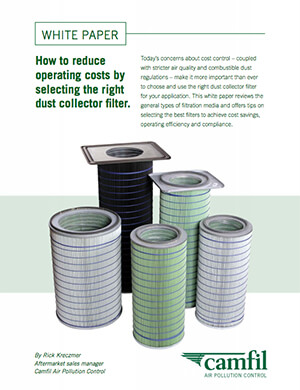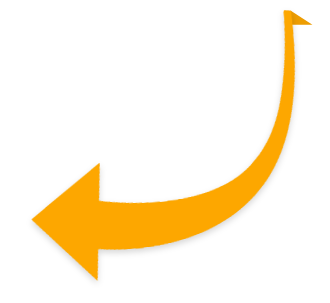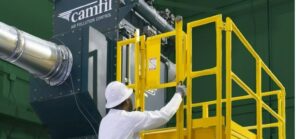There is often a lot of confusion around selecting the optimal cartridge filters for dust collectors. For the HVAC industry, MERV (Minimum Efficiency Reporting Value) ratings are king. Higher MERV ratings generally signify superior filtration. However, that is not true for dust collectors, which operate in a dynamic environment and work as part of a dust collection system.
There is a new test standard to evaluate dust collector performance. You should first consider this standard when selecting a system, and then use the MERV ratings to select the appropriate filter for that system. This blog entry answers some common questions about MERV and how to apply that rating to dust collection.
What is MERV?
MERV is a measurement scale designed in the late 1980’s by the American Society of Heating, Refrigerating and Air-Conditioning Engineers (ASHRAE) to compare the effectiveness of air filters. ASHRAE 52.2 defines a test method and rating system in which a filter's efficiency of general ventilation is assigned a number. This number identifies the filter's minimum performance in removing particulates from an airstream.
How does the MERV scale work?
The scale goes from 1 to 16, and corresponds to a filter’s ability to capture particles in the range of 0.3 to 10 microns. Higher MERV ratings correspond to a greater percentage of particles captured on each pass. It is helpful to use this number to select dust collector filters with the appropriate initial filtration efficiency, but doesn’t indicate much beyond that as to how the filters or the collector will perform as a system.
Why aren't MERV ratings useful for ordering dust collector filters?
It's not that useful because MERV ratings apply only to new filters and their initial filtration level in a static environment. However, dust collectors and their filters manage emissions over time in a dynamic system. They are challenged with different dust types and dust loads that effect filter loading. And the filters are constantly being pulse-cleaned. These factors allow the filter efficiency to fluctuate in the system, and none of these factors are taken into account in a MERV rating. Lastly, MERV identifies pressure drop, but doesn’t address overall energy usage which will drastically change throughout filter life based on the above factors.
Why does filter efficiency constantly change in a dust collector?
As a dust collector runs, dust loads onto the filters and forms a dust cake. This dust cake resists airflow across the filter media. The resistance is referred to as pressure drop, and it is usually between 2 and 5 inches of water. As dust loads and pressure increases, the filter efficiency increases, but the dust collector must work harder. This triggers the pulse-cleaning system, which knocks off the dust cake and starts the process over. So the dust cake is constantly changing and so is the pressure drop and filter efficiency. Eventually, the dust load will increase to a level where pulse-cleaning is no longer helpful and the only option is to change out the filter for a new one. Click here to watch a 1-minute video about how pulse cleaning works.
Do higher efficiency filters use more energy and compressed air?
As mentioned above, both higher efficiency filters and dust build-up restrict airflow. With this higher restriction, more energy and compressed air are required to maintain the proper airflow/pressure drop, and this can be costly! MERV ratings don’t take this into consideration.
What type of filter is best for a dust collector?
The best filter for a dust collector is one that offers the best efficiency and cleaning performance. Dust collector performance is based more on its airflow management, cleaning system, and the media’s ability to load and release dust particles. This can only be evaluated by testing the filter in the dust collector.
If I shouldn’t select filters based on MERV ratings, how do I determine which filter is best for my application?
In order to determine the efficiency of the dust collection system, ASHRAE created Standard 199. This test method calculates the performance of all industrial pulse cleaned dust collectors, including filtration performance and energy consumption, resulting in a summary, which offers an indication on filter life. With an accurate portrayal of the dynamics of the equipment versus the single filter initial efficiency methodology used in MERV, the 199 test should be used in determining both system design and filter media selection.
For help selecting the right dust collector filter for your application, speak with a product expert at Camfil APC.
 Americas
Americas 




